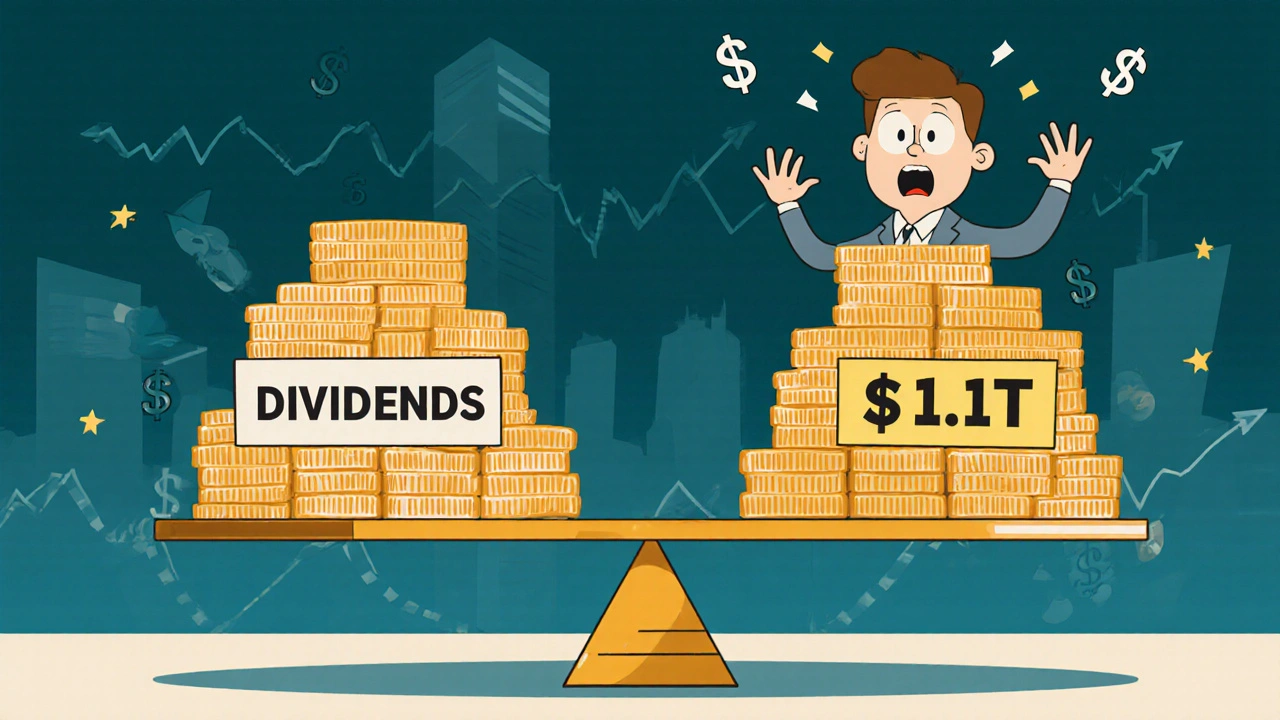Buybacks: How Stock Repurchases Impact Your Investments
When a company buys back its own shares, it’s called a buyback, a corporate action where a company repurchases its outstanding shares from the open market, reducing the total number of shares available to the public. Also known as stock repurchase, it’s a direct way for firms to return cash to shareholders without paying dividends. But not all buybacks are created equal. Some signal confidence in future growth. Others? They’re just window dressing—done to inflate earnings per share (EPS) while the company ignores real investment in products, people, or innovation.
Buybacks tie directly into earnings per share (EPS), a key metric that shows how much profit a company makes per share of stock, calculated by dividing net income by the number of outstanding shares. When shares disappear through a buyback, EPS goes up—even if profits stay flat. That’s why CEOs love them: a higher EPS looks great in press releases and can push stock prices higher. But if the company’s revenue and profits aren’t growing, that EPS boost is just math, not momentum. And when companies borrow money to fund buybacks? That’s a red flag. It means they’re trading long-term health for short-term stock hype.
Then there’s the shareholder value, the total worth delivered to owners of a company through stock price appreciation and dividends, often measured by how effectively capital is allocated angle. Smart buybacks happen when a company’s stock is undervalued—buying back shares at $50 when they’re truly worth $80 is like buying a $100 bill for $50. But when companies buy back at $150 because the stock is overhyped? That’s destroying value. Top investors watch for buybacks only after a company has funded R&D, paid down debt, and reinvested in its core business. If it’s doing all that and still has cash? Then a buyback makes sense.
Some of the posts in this collection dig into how buybacks interact with other financial moves—like how they affect EPS in tech firms, why some robo-advisors avoid companies that rely too heavily on buybacks, and how event trading strategies target earnings announcements where buyback announcements often drop. You’ll also find breakdowns of real cases: which companies used buybacks to build real wealth, and which ones used them to mask declining sales.
There’s no magic here. Buybacks aren’t good or bad by default. They’re a tool—and like any tool, their value depends on how, when, and why they’re used. The posts below give you the real-world examples, data, and context to tell the difference between a buyback that builds wealth and one that just looks like it does.
Buybacks and Dividends: How Shareholder Yield Beats Traditional Dividend Metrics
Shareholder yield combines dividends, buybacks, and debt reduction to show the full picture of how companies return cash to investors. It outperforms dividend yield alone and is becoming the new standard for valuation.
View More